Have YOU always thought about studying Arabic in the Middle East but never known where to go or how to start? Well, worry no more because Pink Jinn is going to break it down for you, city by city.
We’ve created this clear, honest guide based on our own experiences to show you the good, the bad, the wonderful and the downright weird of studying abroad. Whether you’re a university student, a young professional with an interest in the region or you’re simply looking for a new adventure, this guide will help you find the perfect place for YOU to learn Arabic. This week…
AMMAN, JORDAN
 The chaotic skyline of Amman (image: Amman Airport)
The chaotic skyline of Amman (image: Amman Airport)
Simply put, Jordan is a hidden gem, while Amman itself is a dynamic, beautiful, progressive yet traditional city. The people are exceptionally wonderful, and if you are lucky enough to be adopted into a Jordanian “crew” then your time there will be the most memorable of your life. Jordan is a fabulous place full of kind and sincere people who are so happy to have you and are great hosts. It has beautiful landscapes, history and culture so it’s perfect for students to explore.
Amman is also an excellent place to be from a professional perspective as there are several international organisations based in the city, so there are plenty of opportunities for training positions and internships and for meeting useful contacts.
Perfect for: Young professionals and those seeking a traditional, authentic experience
 Amman Citadel (image: Emirates)
Amman Citadel (image: Emirates)
Dialect
If you already study Arabic you’ll be aware that dialects tend to differ from country to country, and sometimes from town to town. Most students learn Modern Standard Arabic (MSA or fusha), which you’ll read in the media, official documents and the Qu’ran, however this is not as commonly spoken on the street.
The Levantine dialect (the Arabic spoken in Lebanon, Jordan, Palestine and Syria) is one of the most useful dialects to learn. ‘Amiyya’, as it is referred to locally, is easier to learn than MSA or other dialects such as Moroccan or Egyptian. It’s also widely understood across the Arab world so learning a little would allow you to communicate with people of most backgrounds across the Middle East.
 Levantine Arabic is the colloquial dialect spoken on the streets of Jordan (image: Alamy)
Levantine Arabic is the colloquial dialect spoken on the streets of Jordan (image: Alamy)
Highlights
Most people have heard of the more iconic attractions like Petra and the Dead Sea (which are AMAZING), but the country offers so much beyond the major tourist sites. First of all, Jordan is a relatively small country. This makes travel outside of the city by the (awesome) bus system or by car super easy, as you can get from Amman all the way down to the Red Sea in 4 hours.
 The iconic ancient city of Petra (image: National Geographic)
The iconic ancient city of Petra (image: National Geographic)
Amman itself is built on multiple jebels (mountains) that form its somewhat hectic-looking skyline. The places you’ll want to focus on are the eight Duwars (circles) that make up the bulk of West Amman.
Duwar Awwal (First Circle) is where it’s all happening. Right off of Duwar Wahid is an area called Rainbow Street, an incredibly modern and fun neighbourhood filled with clothing stores, the best burger you’ll have in the Middle East (FireFly), the hippest café you’ll find east of the Jordan River (Turtle Green), a restaurant that is bravely focusing on the LGBTQ community (Books@Cafe), the Wild Jordan Center – which offers a damn good view of the city – and as many art museums, shisha bars, street fairs, and trinket shops as you could ever want.
 The Wild Jordan Center offers an unparalleled view of the city
The Wild Jordan Center offers an unparalleled view of the city
Other cool neighbourhoods in Amman include Jebel Al-Weibdeh, one of the older and less touristy neighbourhoods and home to Duwar Paris. Here you’ll find great cafés, bars, restaurants (Volk’s Burger or Rakwet Arab) AND the iconic Jobedu store featuring punny Arabeezy (Arabic and English) sayings. Duwar Paris is also one of the best neighbourhoods to get an apartment.
 Amman’s edgy concept store, Jobedu (image: Your Middle East)
Amman’s edgy concept store, Jobedu (image: Your Middle East)
Lastly, there is Downtown Amman, which offers an fascinating insight into what old Jordan may have looked like. The streets are lined with vendors, the buildings loom tall against the backdrop of Jebel Amman, and of course, the most iconic restaurant in all of Jordan sits between two of these buildings in an unassuming alleyway. Hashem’s, as it’s knows, is a staple for any Jordanian (even the King!). Serving only vegetarian dishes, Hashem’s has the best falafel, hummus, fuul, and khobz in town. Hands down.
 The hustle and bustle of Downtown Amman (image: LookLex)
The hustle and bustle of Downtown Amman (image: LookLex)
Venturing out of the city, the possibilities for adventure are endless. Of course, Petra and the Dead Sea are must-do’s. But some other places to keep in mind are Wadi Rum, which is where movies like The Martian and Lawrence of Arabia were filmed. It is an other-worldly landscape, where a visitor can ride camels, go dune-riding, and sit by a Bedouin fire with a cup of sugary chai at night.
 Photographer Murad Osman’s famous ‘Follow Me To…’ series has inspired many a photo in Jordan’s Wadi Rum
Photographer Murad Osman’s famous ‘Follow Me To…’ series has inspired many a photo in Jordan’s Wadi Rum
After Wadi Rum, head further south towards the town of Aqaba, which sits right on Jordan’s only coast, where you’ll get a view of Saudi Arabia to the south, Israel to the west, and Egypt just beyond that. The city itself does not have much to offer, but it is the best place for snorkelling and diving tours in the Red Sea.
 The coastal town of Aqaba is popular for diving and snorkelling (image: Wonders Tourism)
The coastal town of Aqaba is popular for diving and snorkelling (image: Wonders Tourism)
Lastly, we recommend visiting one of the best kept secrets in Jordan, a little place called Feynan Ecolodge. Nestled in the Wadi Araba basin, Feynan is an off-the-grid ecolodge that is 100% staffed by the local Bedouin population. Relax in a hammock after feasting on an all locally sourced vegetarian meal. Take one of the many hiking tours offered to the nearby mountains. Or visit the tent of a Bedouin family and they will surely offer you a cup (or five) of Bedouin tea.
 Feynan Ecolodge is the perfect place to escape the chaos of Amman (image: EcoHotels)
Feynan Ecolodge is the perfect place to escape the chaos of Amman (image: EcoHotels)
Frustrations
Despite the downtown buzz and the beauty to be found outside of the city, there are a couple of downsides to studying in Amman. It’s pretty conservative and can feel a little alien if you don’t manage to get a foothold in the local scene – which can be difficult if you’re not one for putting yourself out there.
It’s also not the cheapest of cities, and getting around can be tricky as you’re reliant either on your car or on taxis – neither of which are any match for the daily chaos of Amman’s traffic. Some people also feel that Amman itself can be a little boring if you’re there for a long period of time. However, as we’ve mentioned, if you’re prepared to get out of the city when possible, there’s an adventure (and a friendly Jordanian willing to be your guide) at every turn.
 Amman’s infamously crazy traffic can make getting around town difficult (image: Jordan Times)
Amman’s infamously crazy traffic can make getting around town difficult (image: Jordan Times)
Language Schools
Qasid Arabic Institute:
Qasid offers a rigorous and excellent Arabic programme with a heavy emphasis on MSA. They offer a range of classes focusing on the different aspects of the language including grammar, writing and speaking. Class sizes can be fairly large though, particularly over the summer, so it’s worth checking ahead and trying to negotiate on this – though you may end up paying more. The school also attracts a LOT of international students, which is great for meeting likeminded people but means you really need to make the effort to get out and about in order to immerse yourself in Arabic and pick up the dialect.
Modern Arabic Language International Center (MALIC):
MALIC offers exceptional MSA instruction, using its own syllabus and resources rather than following the sometimes erratic structure of the commonly-used Al-Kitaab series.
Ahlan Jordan:
Ahlan is a smaller language school in the Al-Weibdeh district of Amman offering MSA and Jordanian colloquial classes for both small groups and individuals – its Amiya programme in particular is excellent!
University of Jordan Language Center:
UJ also offers Arabic instruction for non-native speakers with the biggest perk being that you are in the heart of the young student community, making it easier to adjust and make some good friends.
Misbah Center:
Misbah is a lesser known but very innovative institution teaching almost exclusively Amiya. The Center is in Weibdeh and is becoming ever more popular among expats, so get your name on the waiting list as soon as possible if you’re interested!
 Qasid Institute has an excellent reputation for teaching MSA (image: Amideast)
Qasid Institute has an excellent reputation for teaching MSA (image: Amideast)
So, what sets Amman apart from other cities in the region?
Apart from the fact that’s it’s one of the safest places to be in the region at the moment, Amman is different in that you can have an authentic Middle Eastern experience, while still having some of the comforts of the Western world. As opposed to somewhere like Morocco or even Lebanon, Jordan has not become overrun by tourists and has in turn mostly kept its traditional feel.
You will also meet a LOT of students and people working for international organisations in Amman, so it’s really great for networking and you’ll feel part of a growing community.
Amman in 3 words:
Chaos, tradition, romance.
 Holly Ratcliffe studied International Development, Arabic and Sustainability at the George Washington University in Washington DC, during which she spent time in Jordan and Oman on Study Abroad programmes. After graduating, Holly moved to Santa Fe and worked as a Program Coordinator at Creativity for Peace and the Santa Fe Center for International relations. Holly is now back in DC working at the Meridian International Centre, where she works with delegations from around the world, including the Middle East.
Holly Ratcliffe studied International Development, Arabic and Sustainability at the George Washington University in Washington DC, during which she spent time in Jordan and Oman on Study Abroad programmes. After graduating, Holly moved to Santa Fe and worked as a Program Coordinator at Creativity for Peace and the Santa Fe Center for International relations. Holly is now back in DC working at the Meridian International Centre, where she works with delegations from around the world, including the Middle East.
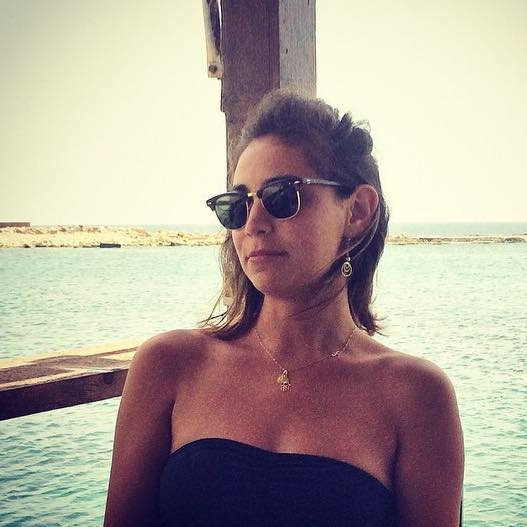 Eliane Bejjani is a half-Lebanese New Yorker who studied Politics, Psychology and Sociology at Cambridge University. After graduating, she spent 8 months studying Arabic in Amman. In 2016, Eliane completed a Graduate Diploma in Economics at the School of Oriental and African Studies (SOAS) in London and she now works as a Management Consultant at Boston Consulting Group (BCG) in Dubai.
Eliane Bejjani is a half-Lebanese New Yorker who studied Politics, Psychology and Sociology at Cambridge University. After graduating, she spent 8 months studying Arabic in Amman. In 2016, Eliane completed a Graduate Diploma in Economics at the School of Oriental and African Studies (SOAS) in London and she now works as a Management Consultant at Boston Consulting Group (BCG) in Dubai.
If you enjoyed this, you might also like:
The Best Cities to Study Arabic in the Middle East: Fes
The Best Cities to Study Arabic in the Middle East: Muscat
Queen Rania of Jordan: A Beacon of Cultural Change in the Middle East
5 Instagram accounts that capture the culture of the Middle East
Please leave a comment or send an email to info@pinkjinn.com if you have any questions, suggestions, or other information you would like us to include in this series about studying Arabic in the Middle East. We’d love to hear from you!


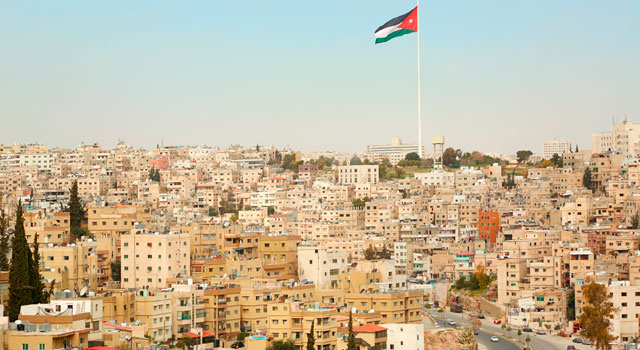
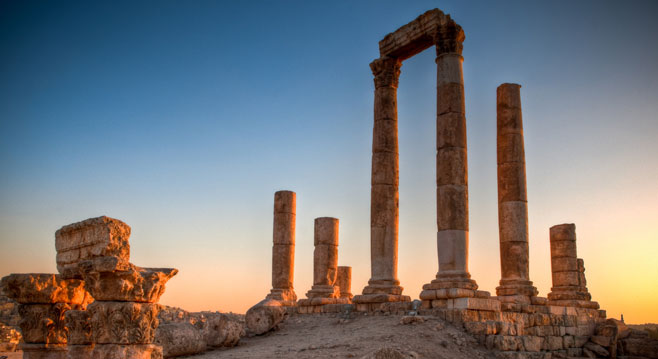
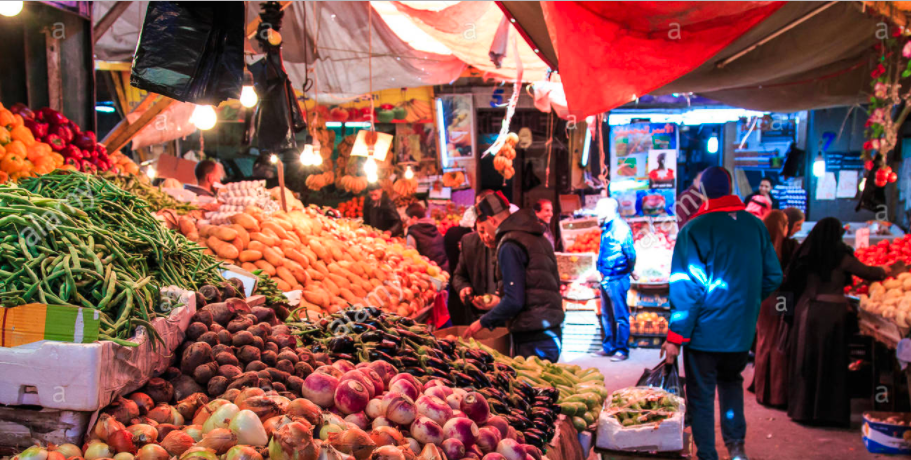
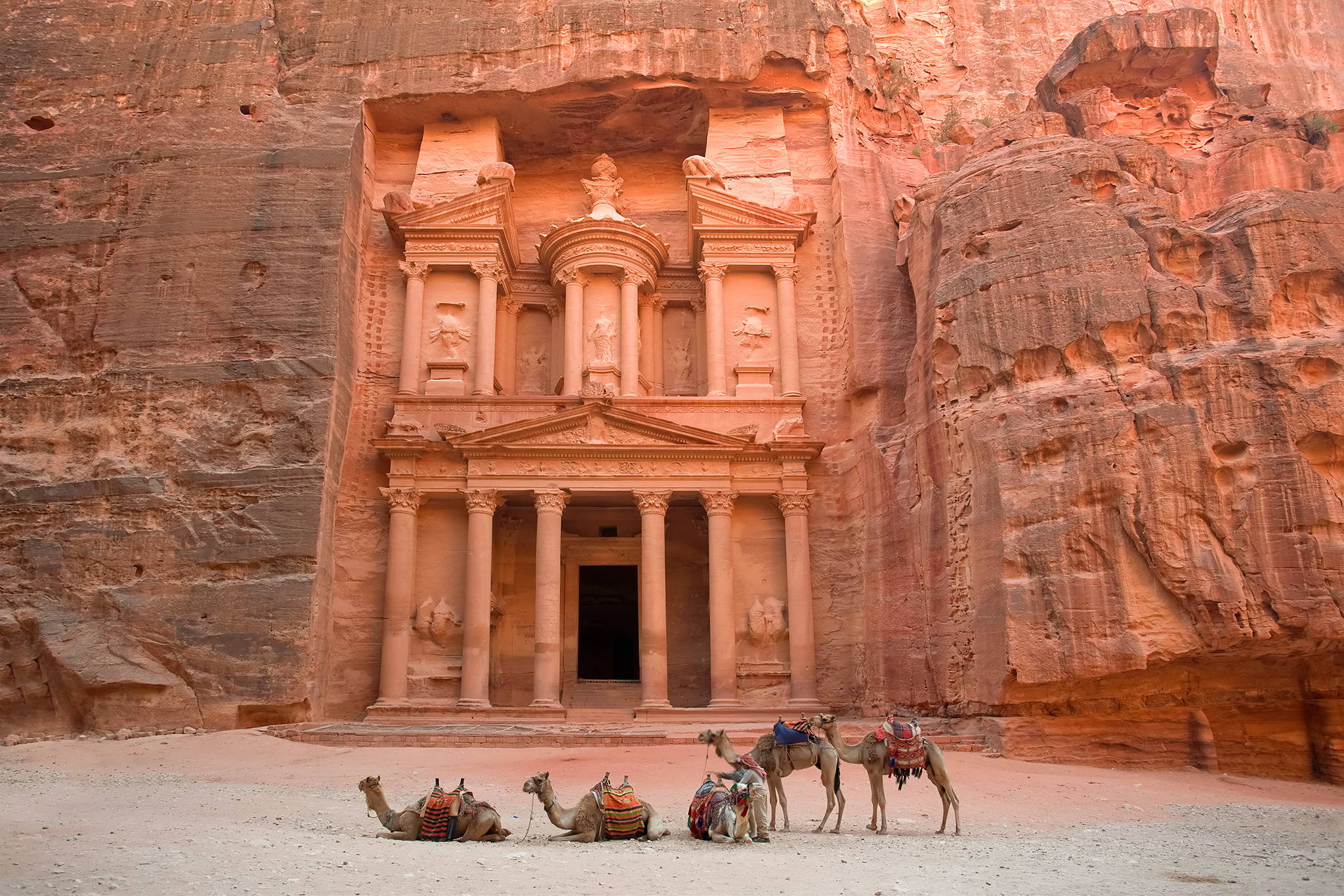
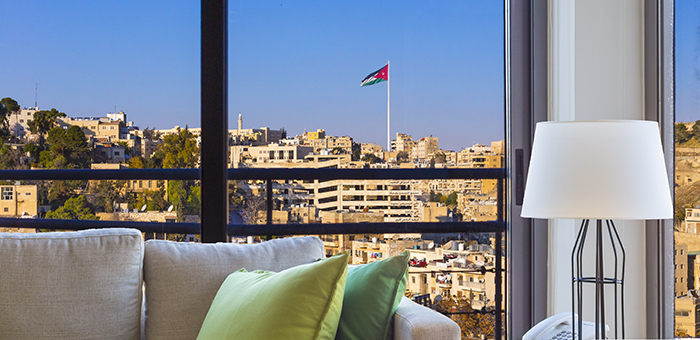
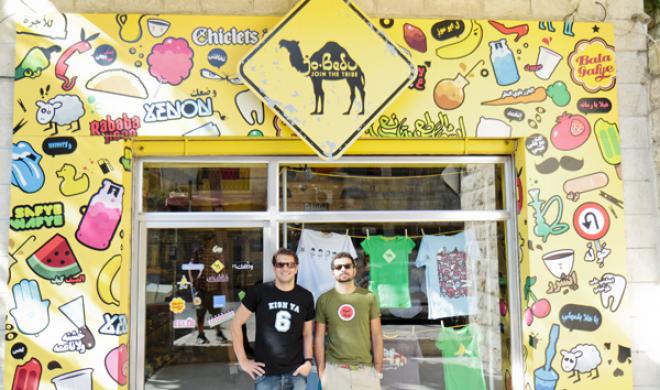


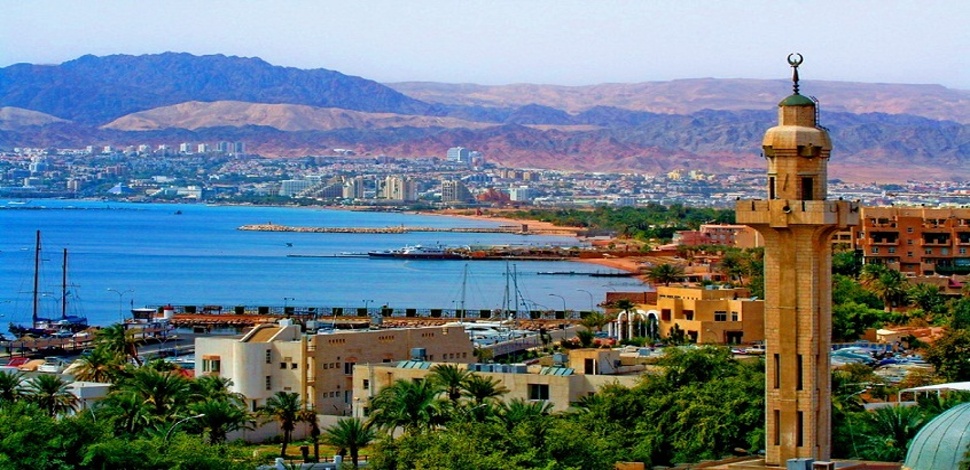
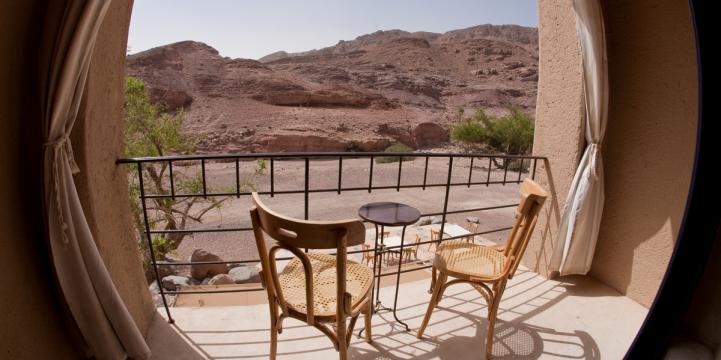


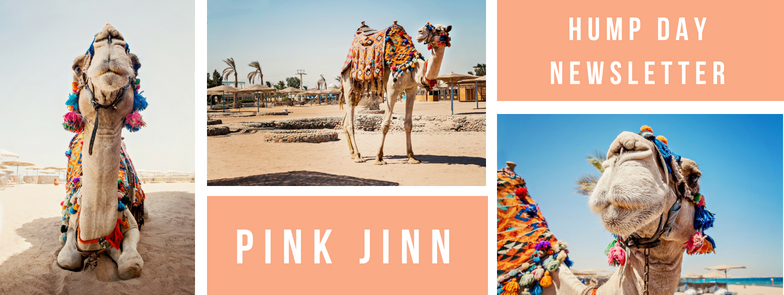





Love this article! Can’t wait to read about other cities to learn Arabic. Do you think you’ll be doing an article on Beirut? Loving Pink Jinn – keep up the amazing work!
Thanks so much Alex, that’s so kind of you! Yes, there is a Beirut article in the pipeline… if you don’t already, follow us on Facebook/Twitter/Instagram as we’ll update them when we post it! Laura
Nice! thank you so much! Thank you for sharing. Your blog posts are more interesting and informative. Islam is the quickest developing religion of the world. There are a few misguided judgments about this consecrated and tranquil religion. Islamic online university
Hi, helpful article. Do you know if the CGE Arabic school in Jordan good? I’m interested in an intensive ammiyah/ colloquial Arabic options in Amman but most courses focus on MSA.
Thanks !
Hi Jen, thanks so much for reaching out and for your thoughts on the article. Sorry for the delay in getting back to you – I hadn’t forgotten I’ve just been asking around about the CGE school as I personally hadn’t heard of it. I’ve asked a few people I know in Amman and they haven’t heard of it either, I will keep digging though and will let you know if I find out anything useful… Laura x